It has long been known that climate change affects many and causes numerous things, such as pollution, which heightens climate change and its effects further.
One of these types of pollution is plastic pollution, with a recent study finding that this affects poor people the most and puts them at a higher risk of floods.
Plastic Bags Blocking Drains Caused a Flood
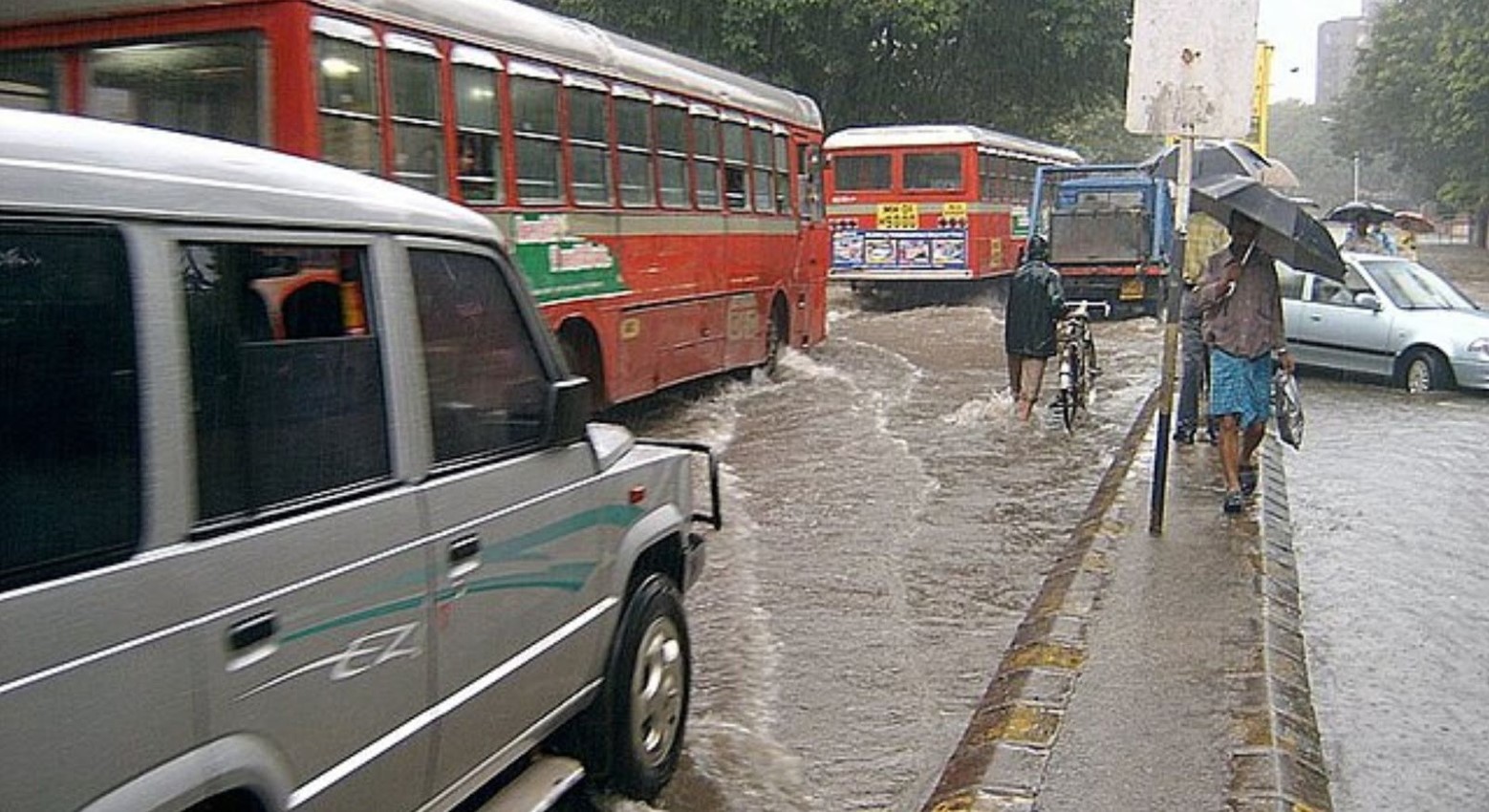
Severe floods in Mumbai in 2005 caused hundreds of deaths. Eventually, it was revealed that the flooding was caused by plastic bags blocking the drains.
After this, the Indian government revealed they were putting a ban on plastic bags in an effort to prevent the same thing from happening again.
Types of Plastic Blocking the Drains
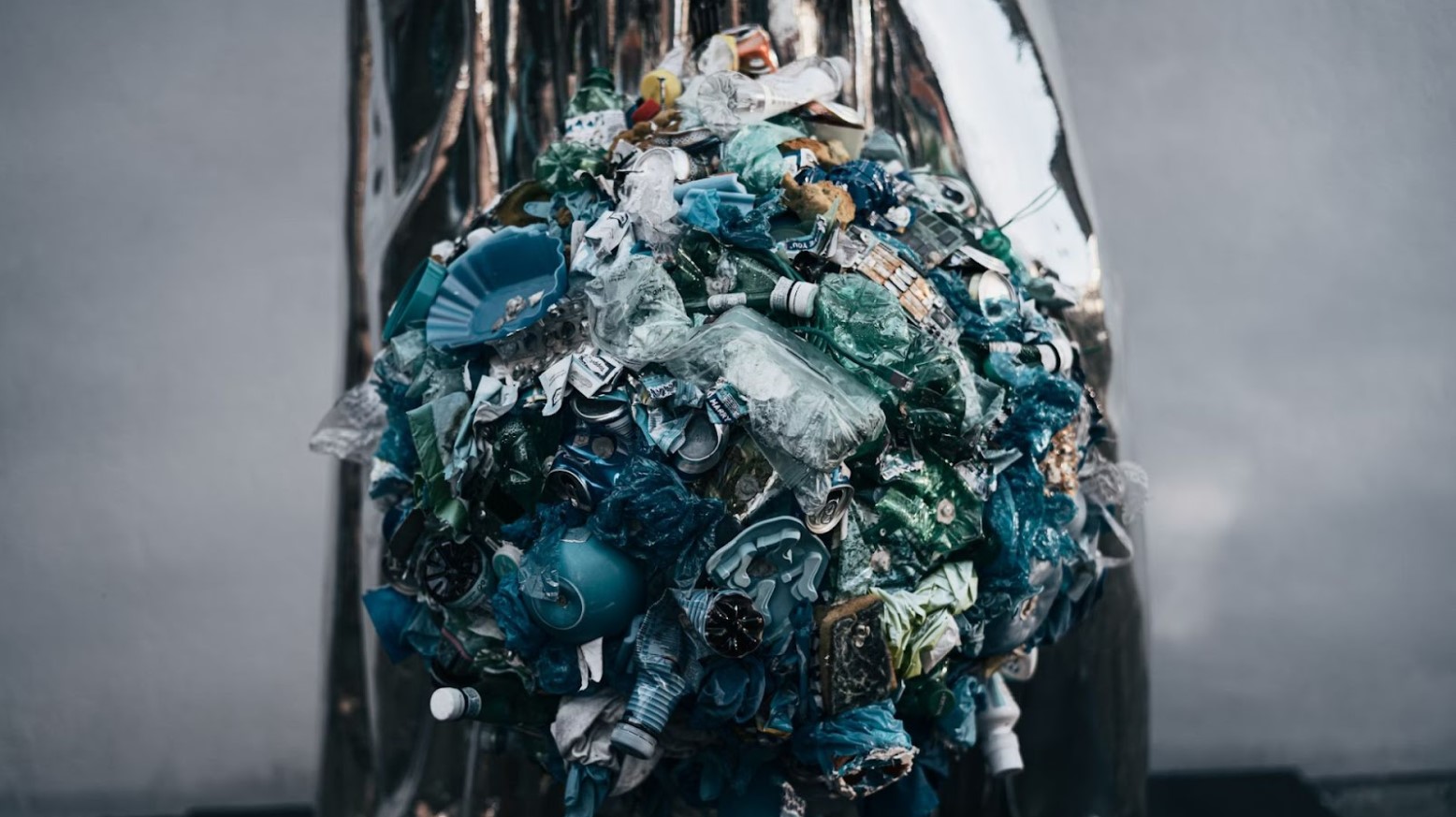
Multiple types of plastic, aside from plastic bags, have been found to block drains and cause flooding.
This includes plastic bottles, nylon threads used in the fishing industry, and sachets.
218 Million People Are at Risk of Plastic-Aggravated Flooding
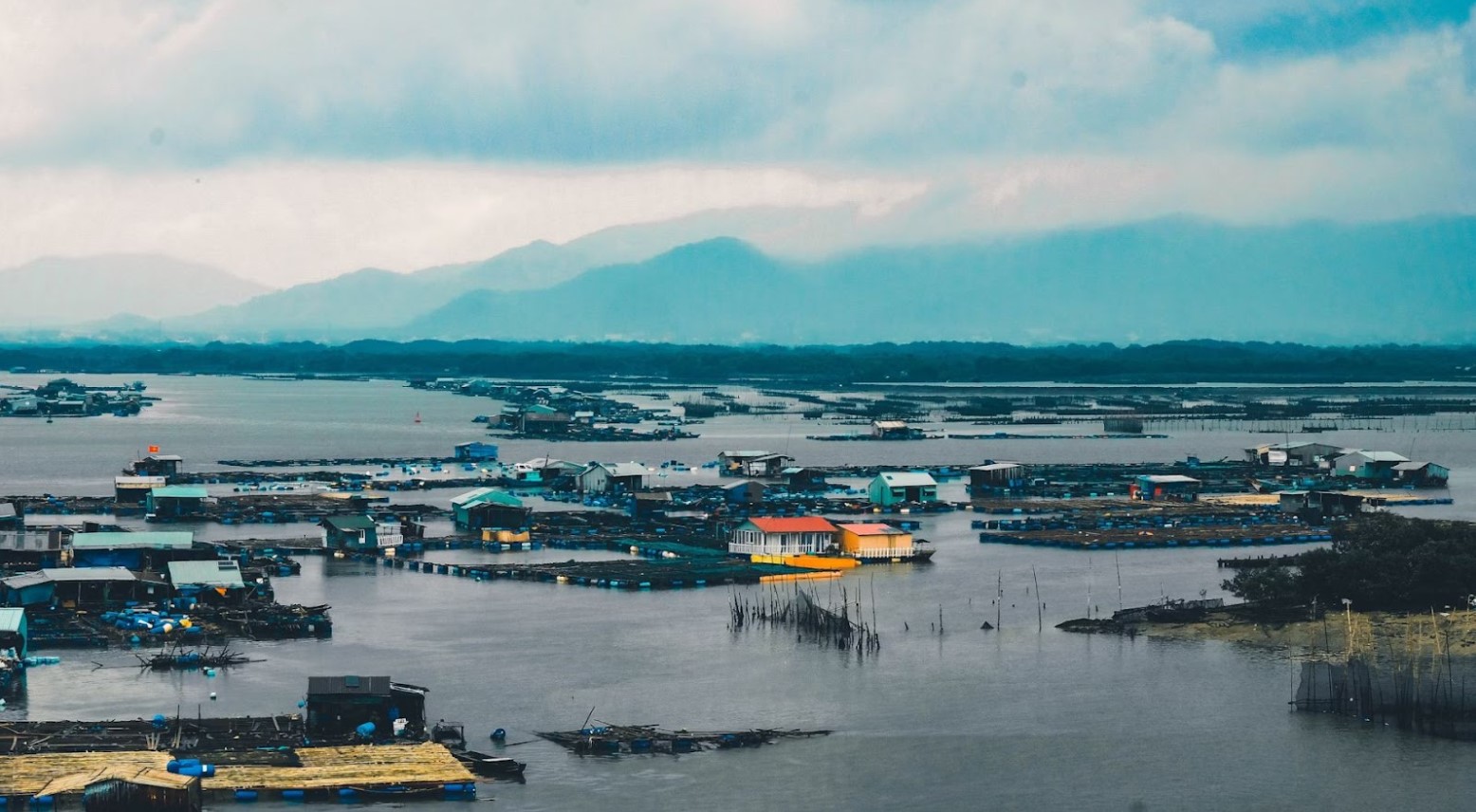
A recent report shows 218 million people worldwide are at risk of plastic-aggravated flooding.
This is 3% of the global population and is the populations of the UK, France, and Germany combined.
Those Living in Asia and Africa Are Most at Risk of Plastic-Aggravated Flooding
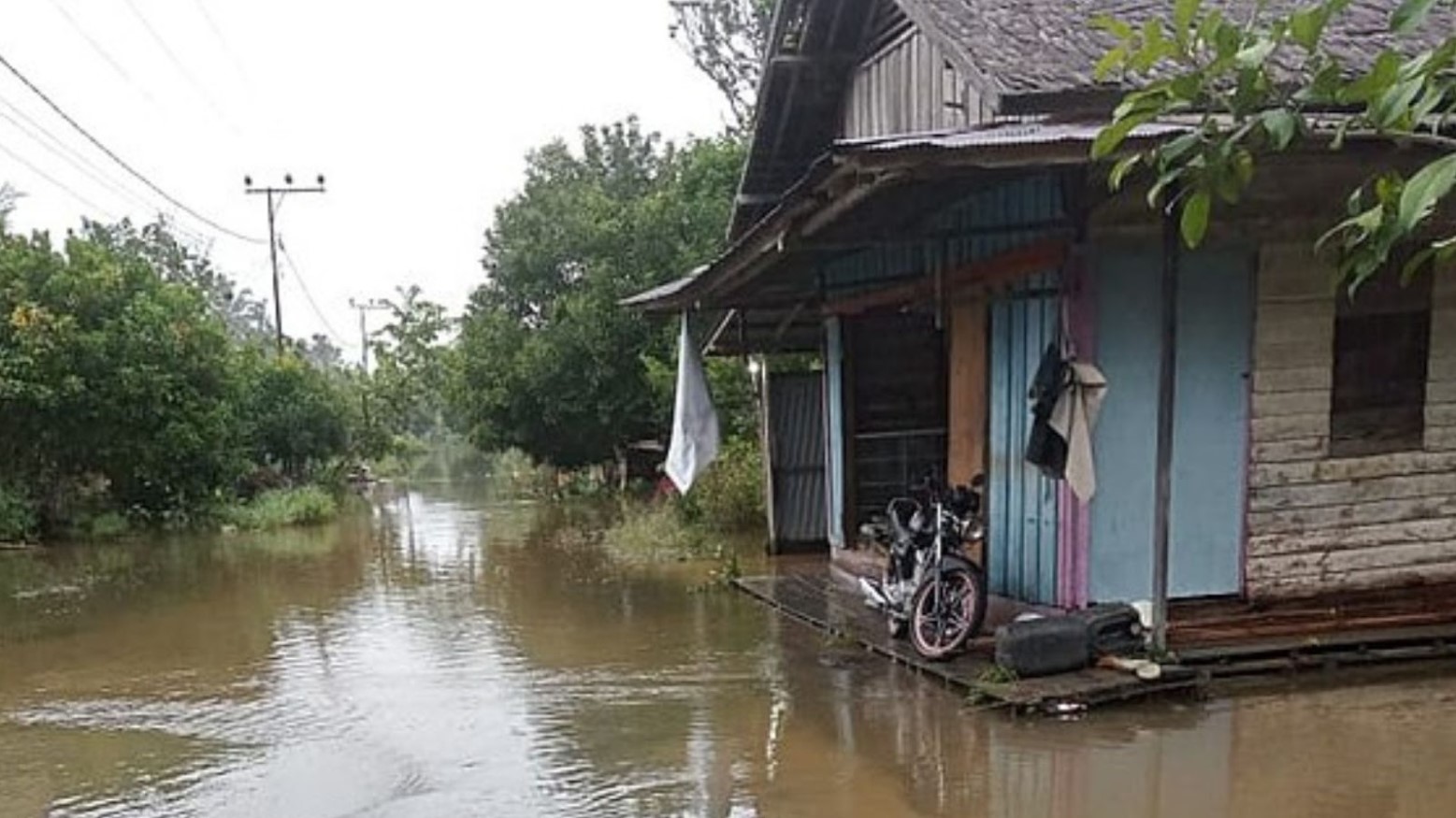
Those who live in South Asia, East Asia and Pacific, and sub-Saharan Africa are most at risk of suffering the severe effects of plastic-aggravated flooding.
This is due to the poorly planned development in these areas and limited flood mitigation infrastructure.
Flooding Mostly Impacts Low-Income Countries
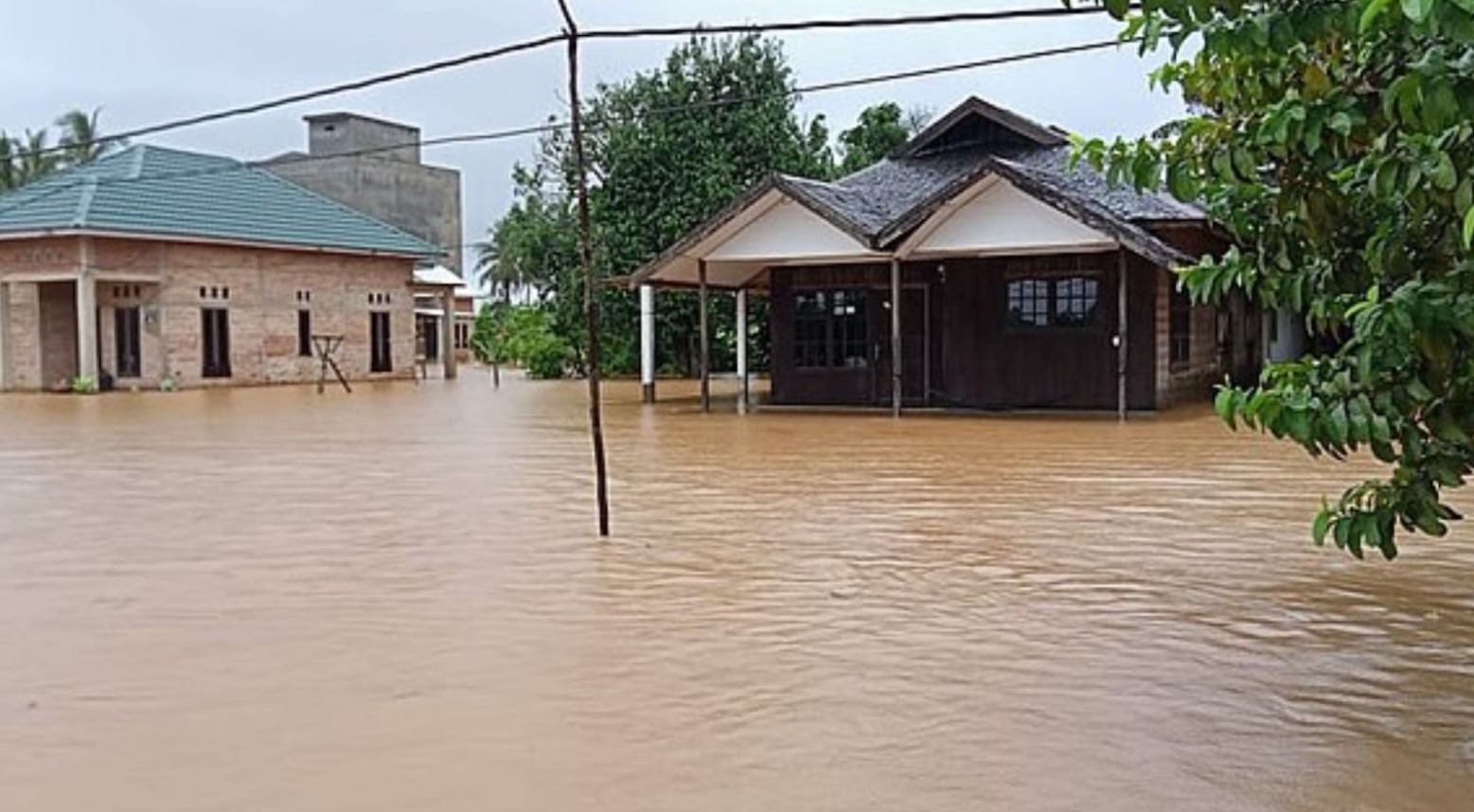
A study looked at flooding risk in 188 countries worldwide, and came to the conclusion that those living in low-income countries will suffer from flooding the most.
Those living in these countries experience 89% of floods worldwide, which highlights the need for better flooding infrastructure, particularly in these areas, to try and prevent the problem or at least lessen its effects.
Many in Low-Income Countries Live in Slums
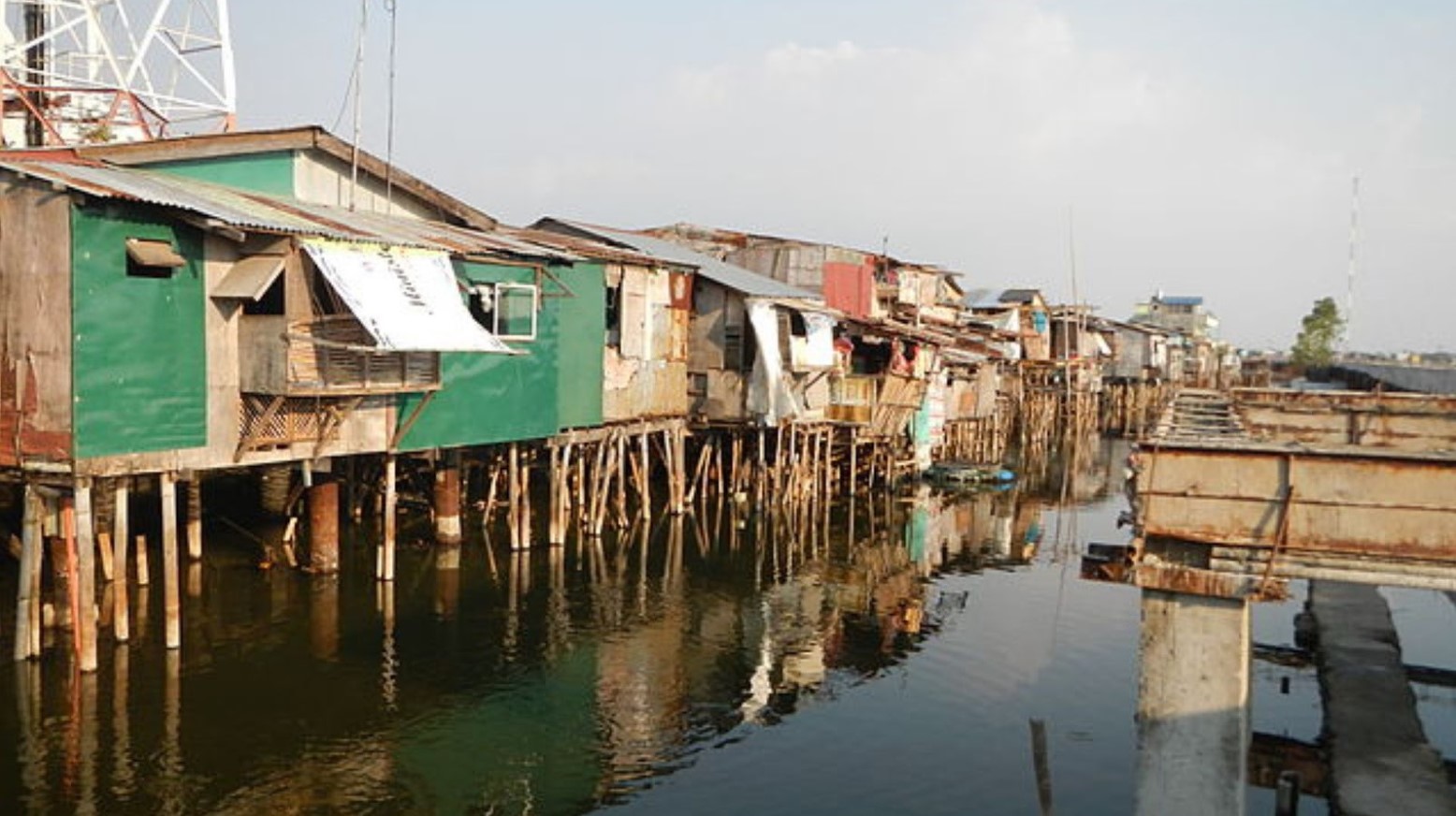
Many of those living in low-income countries are living in slums.
Slums are quite close together and are structurally unsafe. They are also at a higher risk of flooding and diseases.
Plastic Pollution Is Making Flooding Worse
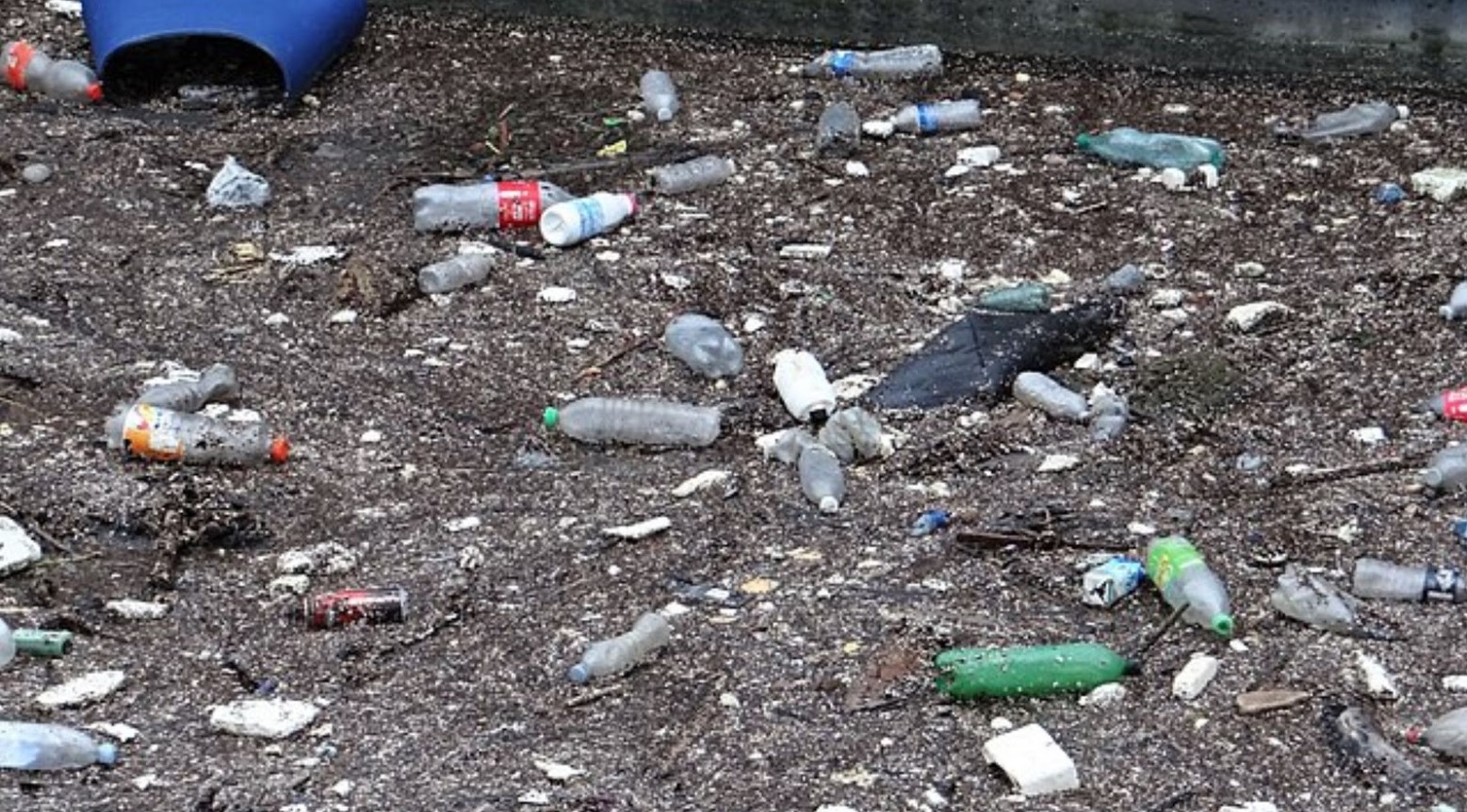
Flooding is already a catastrophic event in any area and can ruin people’s homes, livelihoods, and the areas they live in.
With plastic pollution continuing to exacerbate the problem, something must be done soon to try and prevent this worsening problem.
Global Plastic Waste Will Triple by 2060
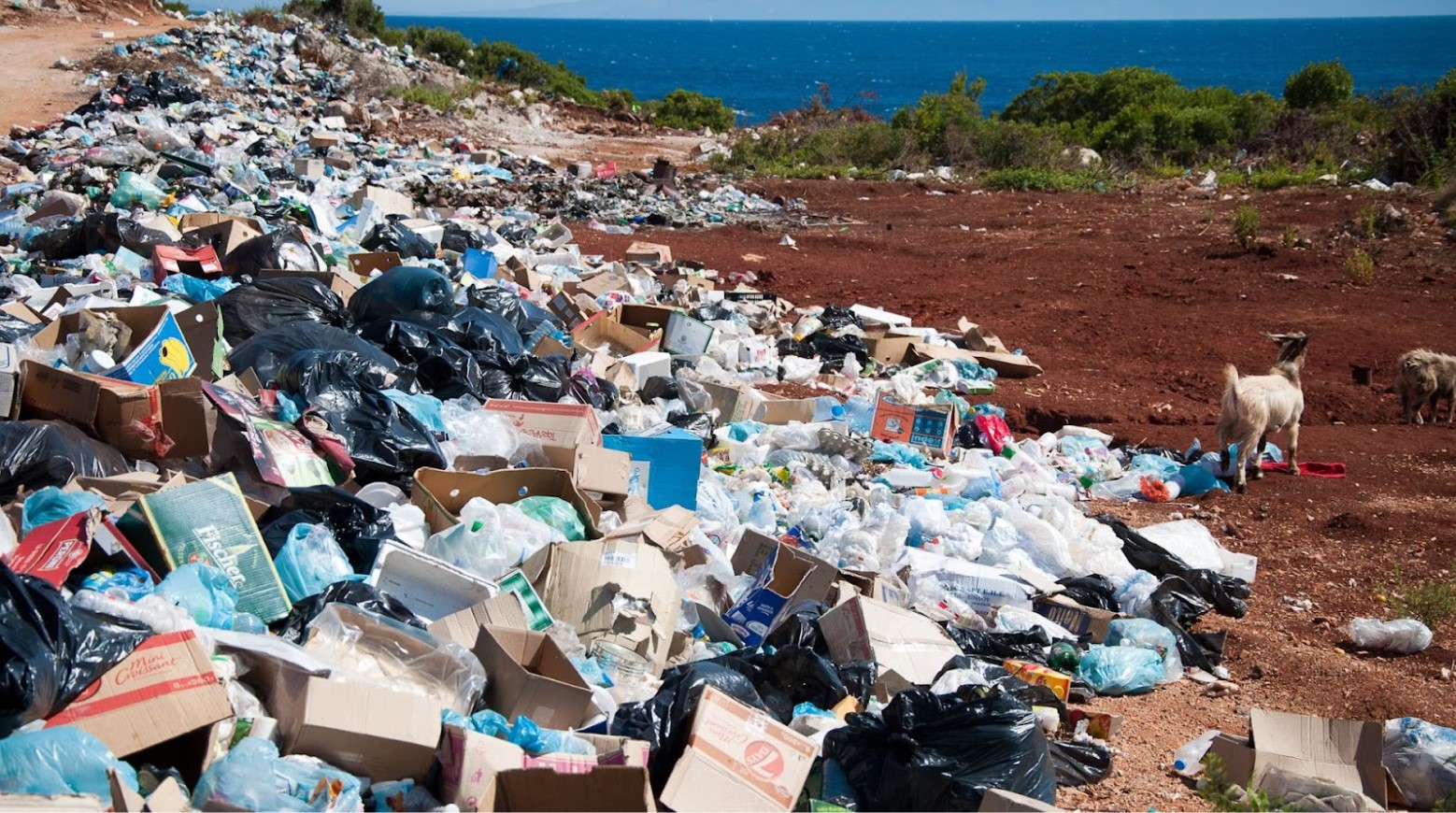
The Organization for Economic Co-Operation and Development (OECD) has predicted that global plastic waste will triple by 2060.
In 2019, the amount of plastic waste globally was 460 million tonnes. In 2060, this is expected to rise to 1231 million tonnes.
Not Enough Plastic Is Being Recycled

Despite increasing recycling efforts over the last few decades, hardly any plastic is being recycled worldwide.
Currently, only 9% of plastic waste is being recycled worldwide. If plastic is not recycled, it can take years to decay and can break down into tiny particles that get into the food system.
Plastic Pollution Causes Health Problems
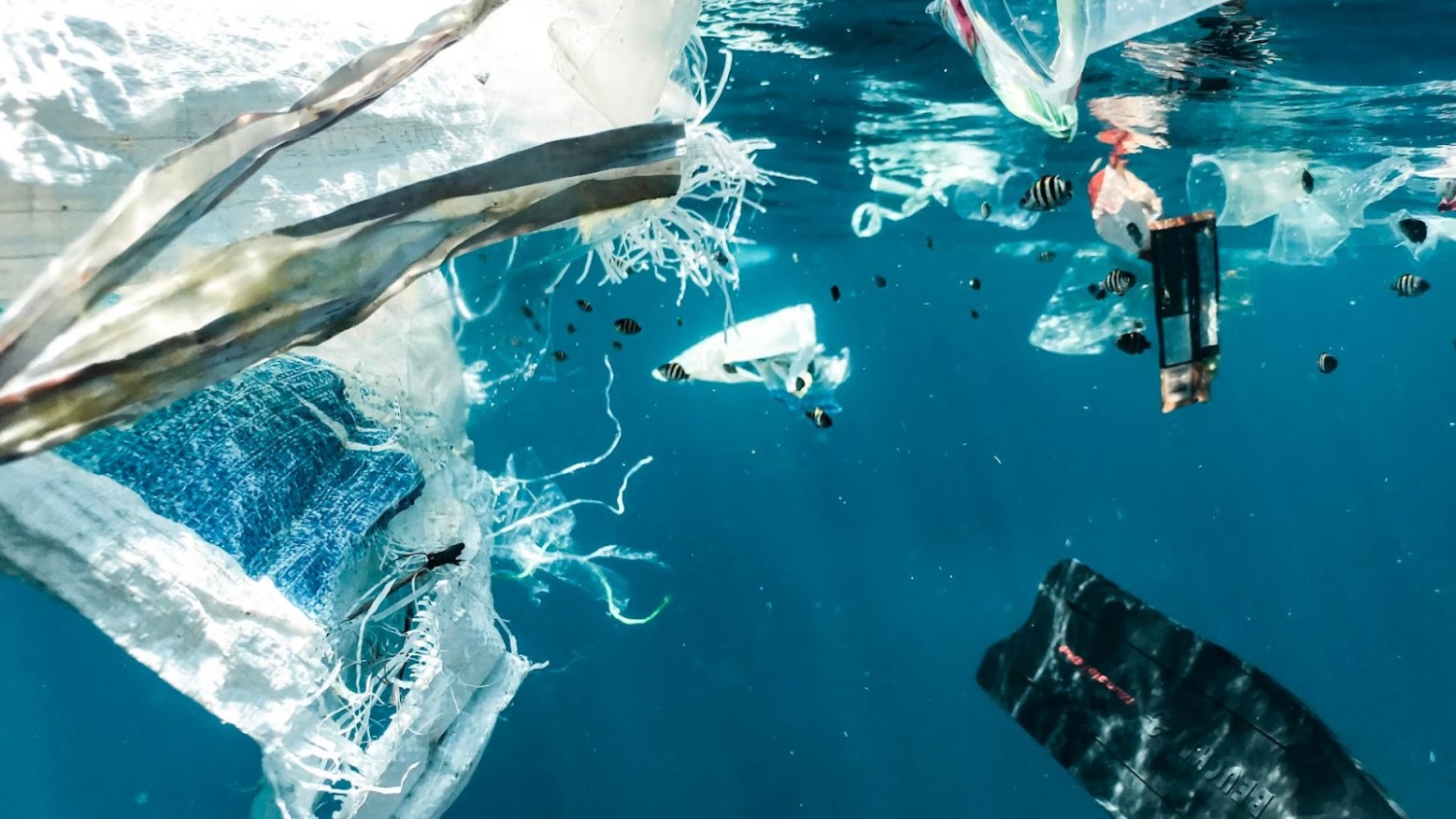
Plastic pollution leads to flooding, and both can cause health problems.
Many of these health problems are gastrointestinal, including cholera and diarrhea.
Plastic Pollution Causes Water To Rise by a Meter
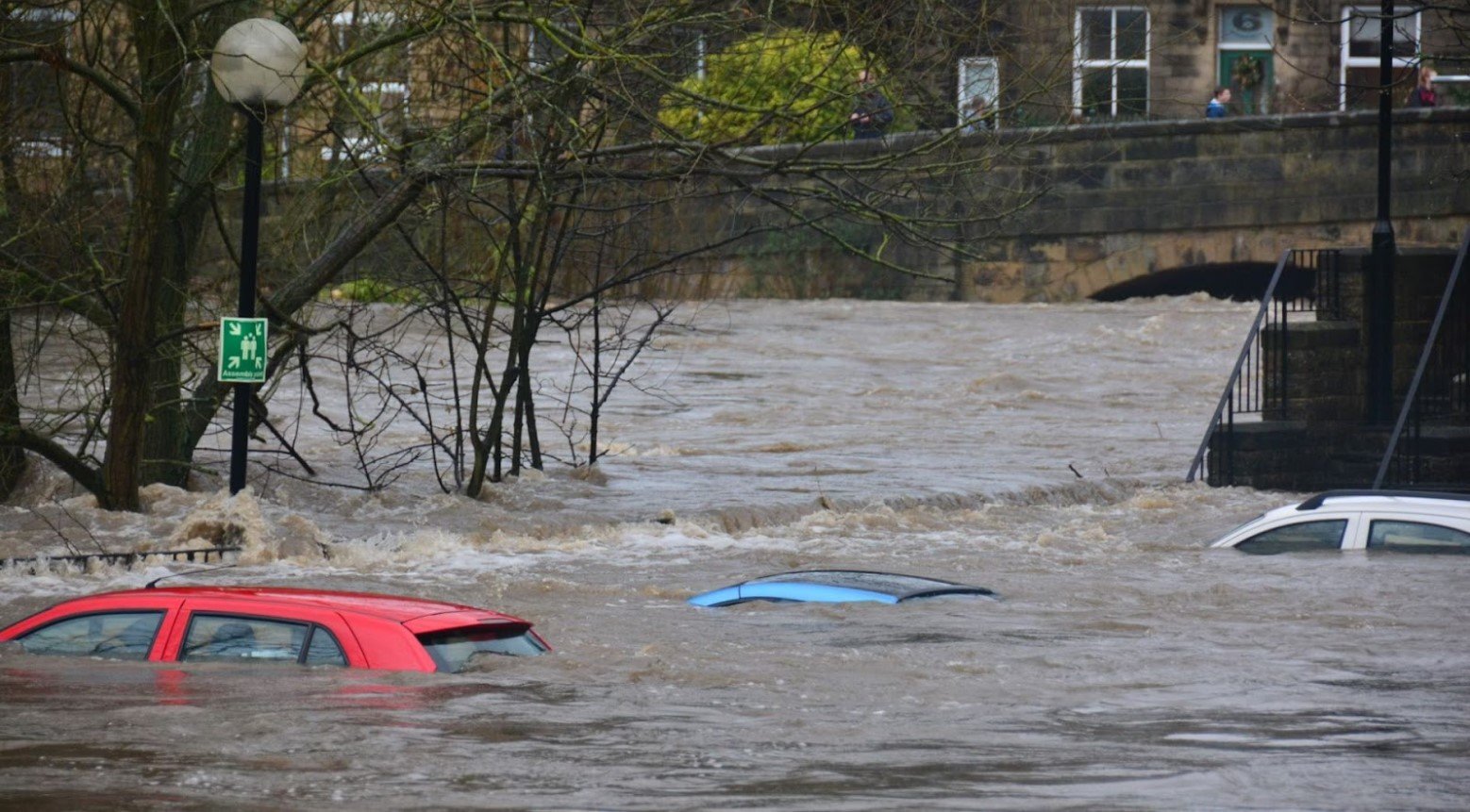
Plastic pollution has many flooding-related issues, including raising the water by one meter.
The water is expected to rise by a meter within the first hour of the flooding and can only rise further the longer it continues. This is why more needs to be done with each country’s infrastructure to try and prevent flooding, plastic pollution, and the disastrous consequences that come with it.








































